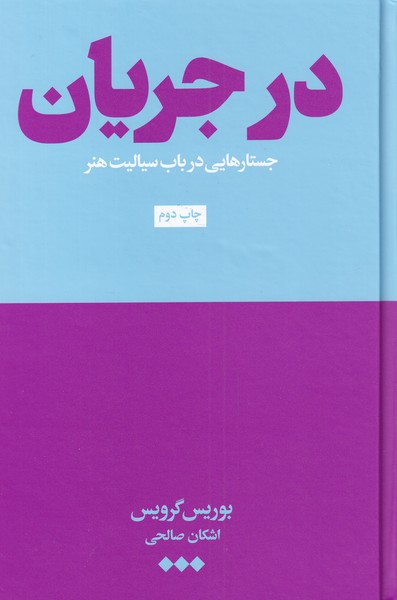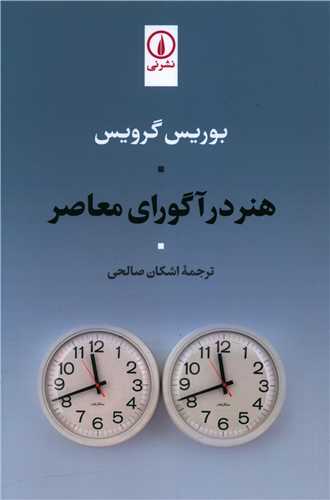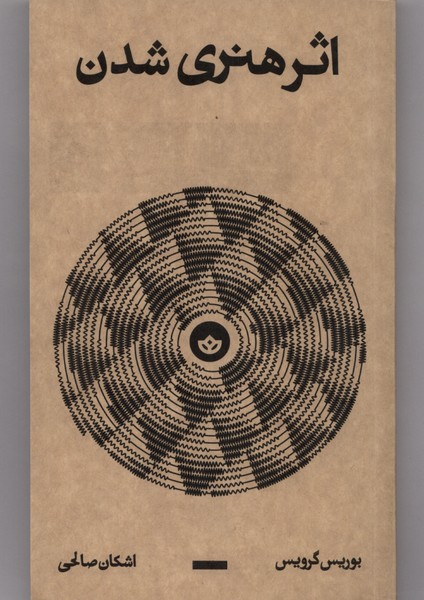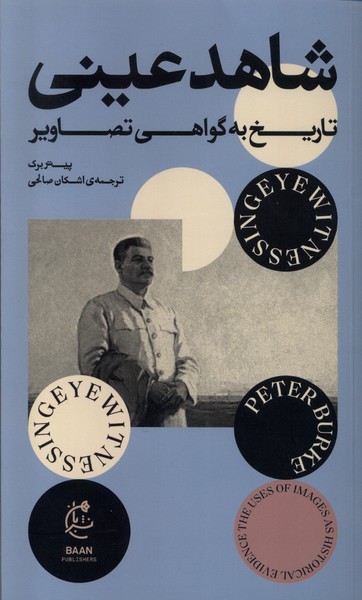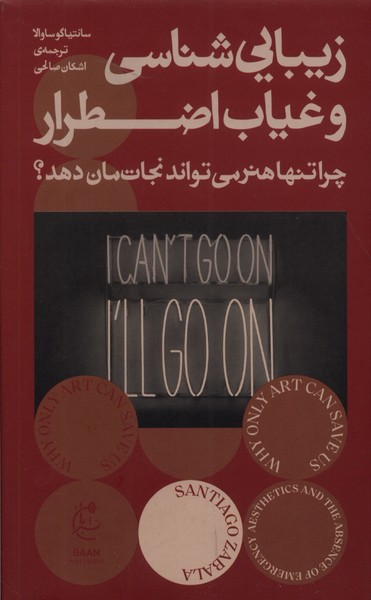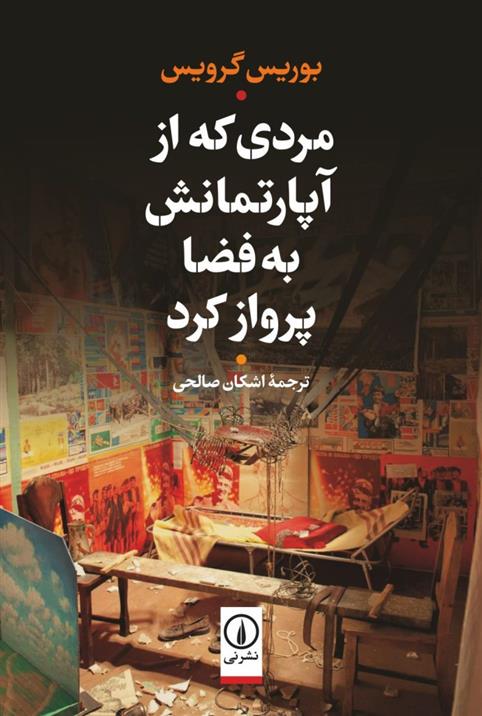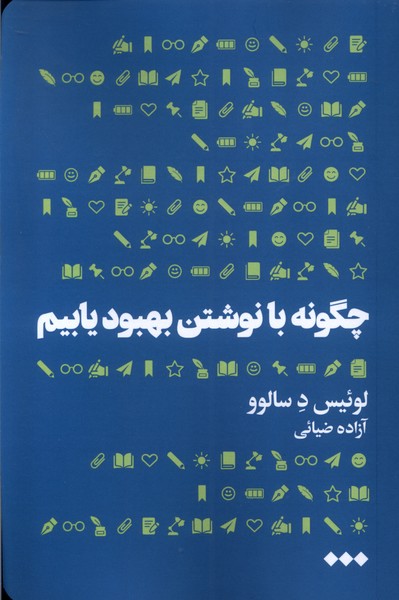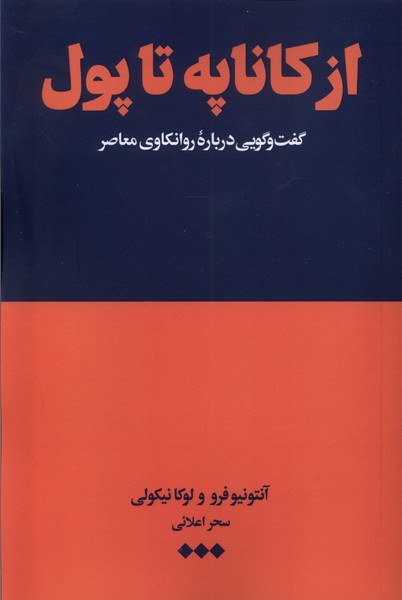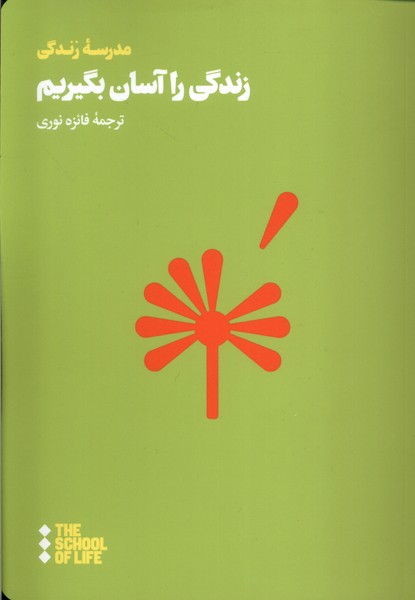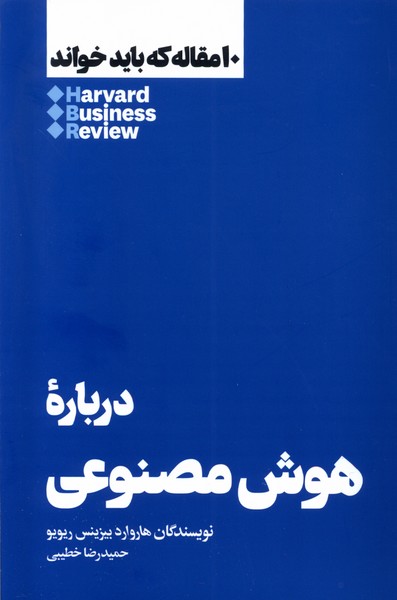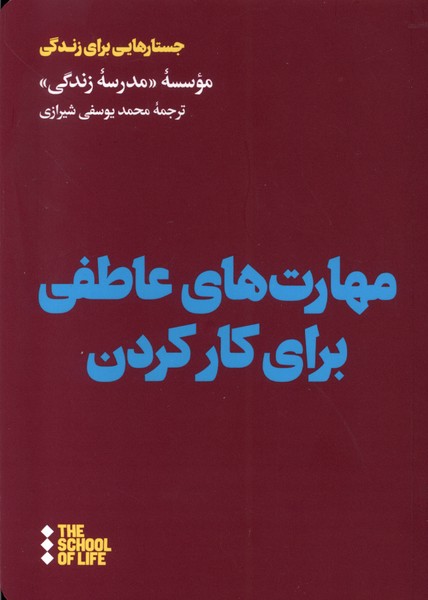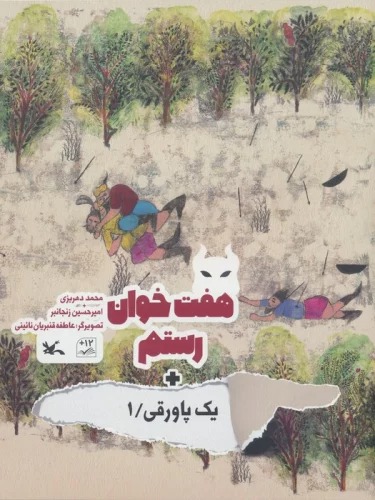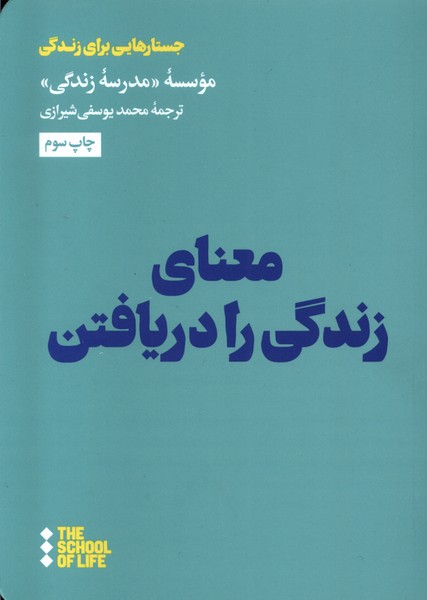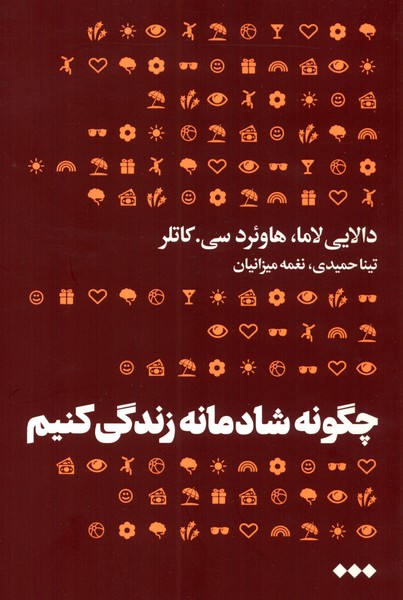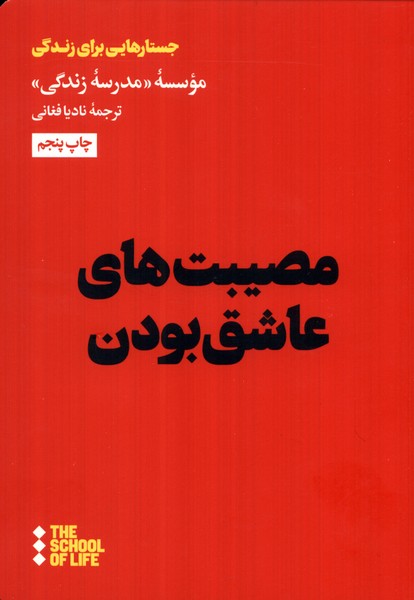Dar jaryān: Persian 1397
در جریان
16.49 £
Share
Wishlist
Original Title:
In the Flow
ISBN:
9786006047850
Translator:
Ashkān Ṣāliḥī
Publisher:
hanūz
Age Group:
Adult
Pages:
244
Weight:
238 g
Dimensions:
14 x 21 x 2.2 cm
Book Cover:
Paperback
The history of art until the 20th century, the history of art was considered sacred, in a way that it can be said that most of the time, art was considered to belong to the nobles, elites, and gods. All the splendor of ancient Greece and Rome, the religious art of the Middle Ages and the Renaissance, and the paintings, sculptures, and architecture of the Gothic, Baroque, and Neoclassical periods, were all huge artistic manifestations that generally had nothing to do with realism: to the ceiling of the church When we look at "Sistine", the peak of this art is in front of us. The 20th century, from the very beginning, was equal to this perception of art. In fact, everything that started in the middle of the 19th century in order to extract art from the hearts of museums, holy places, and noble palaces, led to the formation of art in the 20th century, which "Boris Gervis" in the book "Ongoing" He calls "direct realism": art that does not produce objects, but produces actions that will not last. Viewing works of art as pure objects and not holy object/thing was what gave rise to "direct art". Various art movements in the 20th century and such approaches have always caused fundamental contradictions in everyone's perception of art. The book "in progress" also looks at this subject from another perspective, which makes this theoretical and valuable book even more important: art in the atmospheric age without objects, that is, the Internet!
more
تاریخ هنر تا پیش از سده ی بیستم، تاریخ هنر به مثابه ی امر مقدس بوده، به نوعی که می توان گفت در بیشتر مواقع، هنر متعلق به اشراف، نخبگان و خدایان پنداشته می شده است. همه ی آن شکوه و عظمت یونان و روم باستان، هنر مذهبی قرون وسطی و رنسانس، نقاشی ها، مجسمه ها و معماری های دوران گوتیک، باروک و نئوکلاسیک، همه جلوه های عظیم هنری بودند که عموما هیچ نسبتی با رئالیسم نداشتند: به سقف کلیسای «سیستین» نگاه که می کنیم، اوج این هنر پیش رویمان قرار می گیرد. قرن بیستم، از همان آغاز برابر این تلقی از هنر ایستاد. درواقع همه ی آنچه از اواسط قرن نوزدهم در راستای بیرون کشیدن هنر از دل موزه ها، اماکن مقدس و کاخ های اشراف شروع شده بود، به شکل گیری هنری در قرن بیستم منتهی شد که «بوریس گرویس» در کتاب «در جریان» آن را «رئالیسم مستقیم» می نامد: هنری که مولد اشیا نیست بلکه مولد اعمالی ست که دوامی نخواهند داشت. نظر کردن به آثار هنری همچون یک شی ء محض و نه یک شیء/ چیز مقدس، اتفاقی بود که «هنر مستقیم» را موجب شد. جنبش های مختلف هنری در قرن بیستم و رویکردهای اینچنینی، همواره موجب تضادهای بنیادینی در تلقی همگانی از هنر شده است. کتاب «در جریان» به این مبحث از منظر دیگری نیز نگاه می کند که این کتاب نظری و ارزشمند را واجد اهمیت بیشتری می کند: هنر در زمانه ی اتمسفری بدون شیء، یعنی اینترنت!
more

